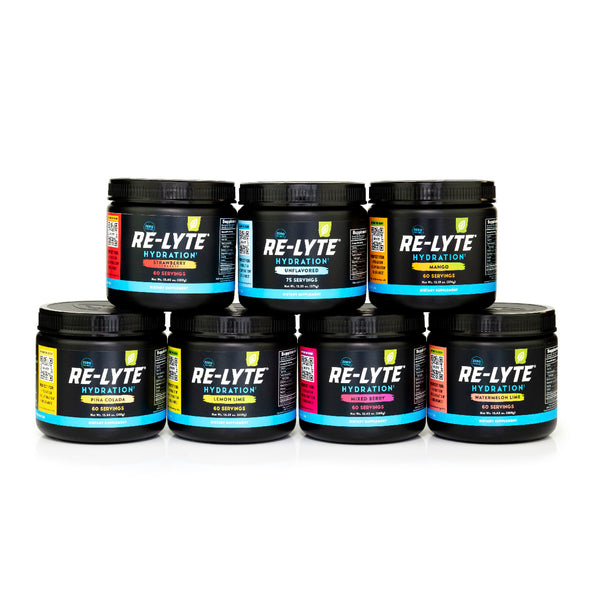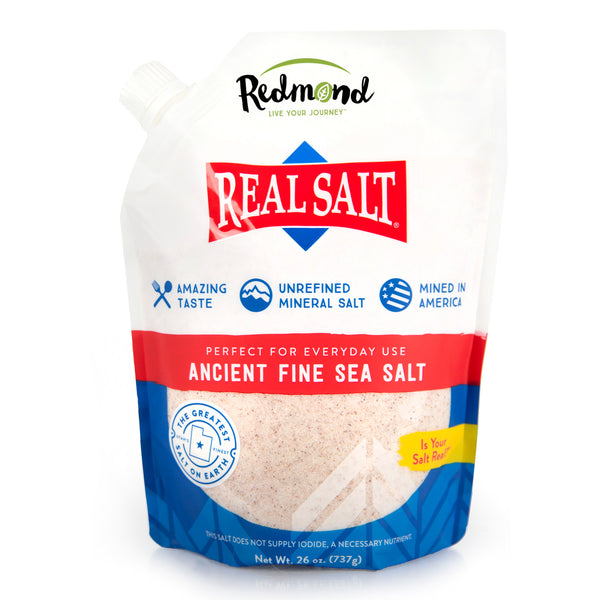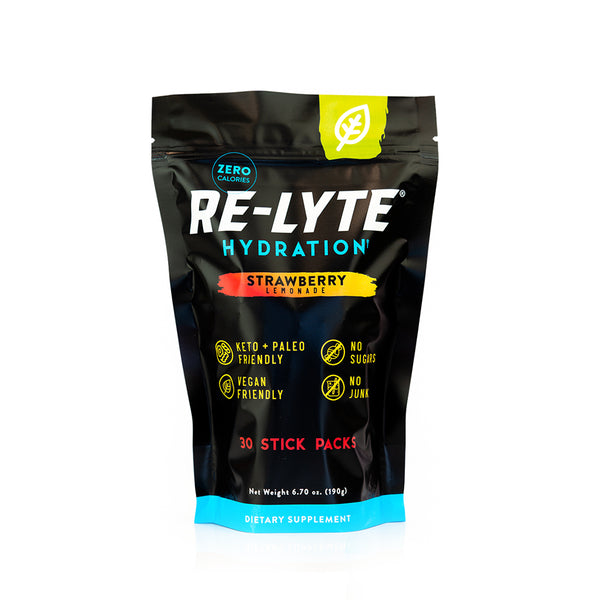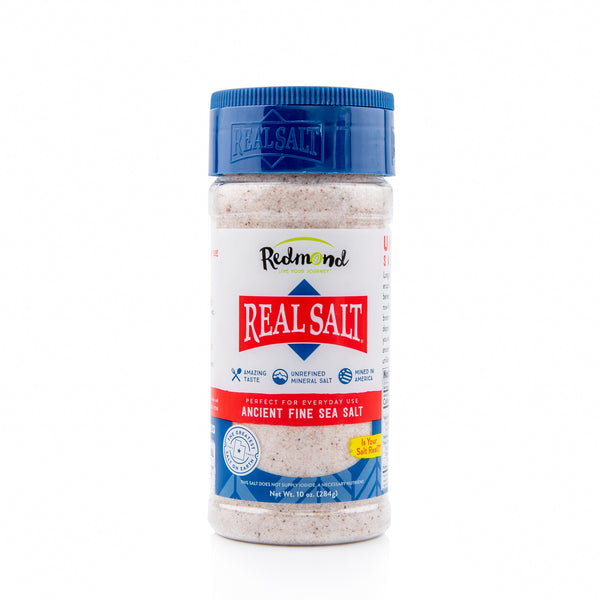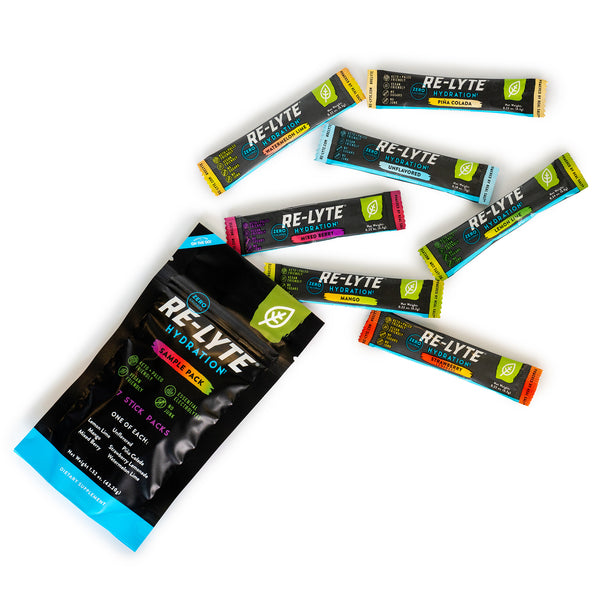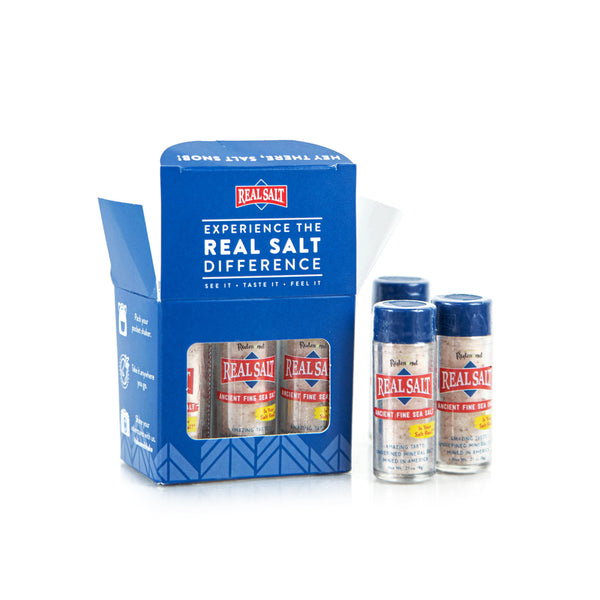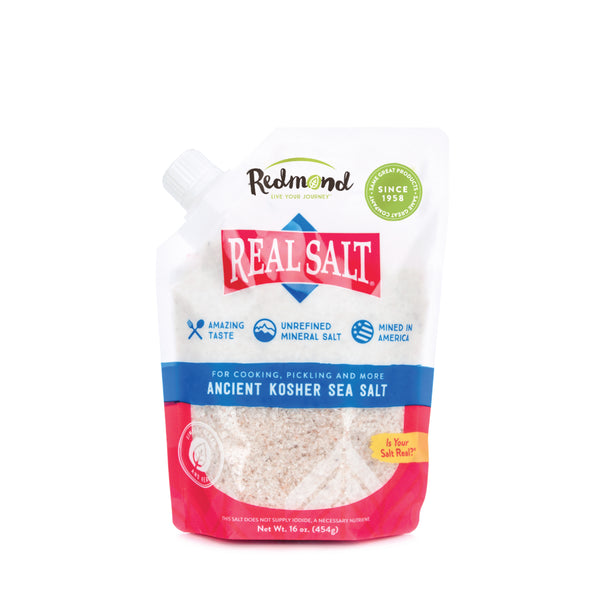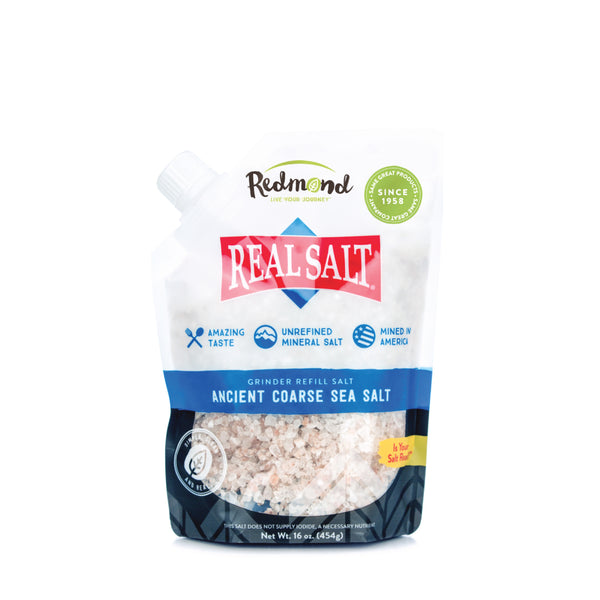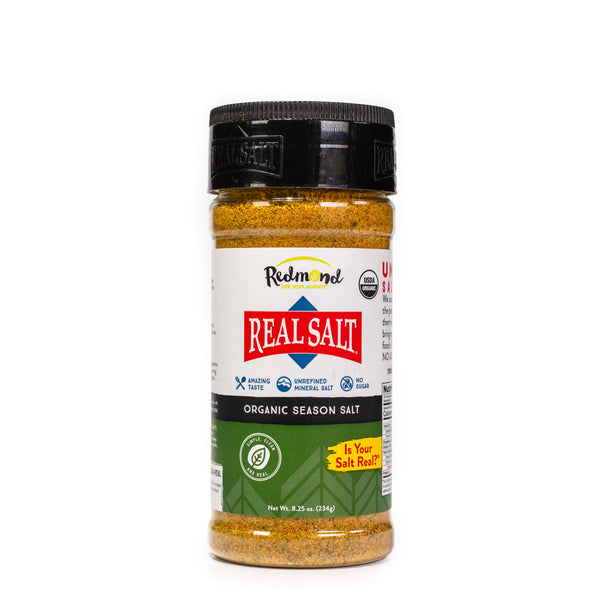How Staying Hydrated Can Help You Manage POTS

Article at a Glance:
- POTS (postural orthostatic tachycardia syndrome) is an autonomic nervous system disorder where the body is unable to maintain a healthy blood pressure response when you go from sitting to standing.
- Dehydration can aggravate POTS symptoms like fainting, dizziness, heart palpitations, and shakiness.
- Experts recommend that people with POTS get 1-2 liters (about 68 to 101 ounces) of water per day.
- Sodium is incredibly beneficial for people with POTS because it helps the body maintain proper fluid balance and impacts blood volume, which directly influences POTS symptoms.
- Experts recommend that people with POTS get 10 to 12 grams (about two teaspoons) of salt per day.
If you’ve found yourself here, it’s likely that you’ve heard of POTS or postural orthostatic tachycardia syndrome. POTS is a disorder where the autonomic nervous system (ANS) doesn’t function as it should. As a result, the body is unable to maintain a healthy blood pressure response when you go from sitting to standing.
Many call it the “dizzying syndrome” due to its unique ability to quite literally knock sufferers off their feet. POTS' most common symptoms include intense rushes to the head and dizzying spells (especially when standing up), and some form of heart palpitations. Other symptoms can include shakiness, lack of focus, and general fatigue.
POTS usually affects women, though it has more recently been linked to some who have suffered from long COVID, or COVID that settles in an immune system for a lengthy amount of time.
The good news is, many doctors agree POTS is treatable with time and a few simple changes.
How Does Drinking Water Help With POTS?
Hydration is absolutely key for those suffering from POTS. Dehydration can lead to low blood pressure, fainting spells, and dizzy moments in people without POTS. So, for those who are already struggling with these symptoms due to a POTS diagnosis, it will only aggravate them further.
There’s evidence that people with POTS don’t retain fluid as well as they should too. This is due to a malfunction of certain kidney hormones that regulate how much fluid and sodium your body retains. POTS also makes you sweat— a lot! And when we’re sweating, it’s even more crucial to replenish the fluids our body is losing. Lack of fluids can damage the automatic nervous system and decrease blood volume, which in turn makes the heart rate drop and worsens POTS symptoms.
So, how much water should you drink if you have POTS?
In 2015, the Heart Rhythm Society worked with experts from other professional societies to create a consensus statement with information that would help healthcare professionals treat patients with POTS. In this consensus statement (which was evaluated and reaffirmed in 2020), these experts concluded that people with POTS should get 1-2 liters (about 68 to 101 ounces) of water per day.
Of course, the exact amount you need will vary by body weight, activity level, and the current weather. So make sure to consider these factors to determine where your needs fall on this spectrum. It’s also a good idea for people with POTS to keep a daily hydration log to make sure they’re getting a healthy amount of water every day.
How Do Electrolytes Help With POTS?
Water isn’t the only key to managing POTS— electrolyte intake is crucial when it comes to reducing the risk of low blood pressure and minimizing POTS symptoms. In fact, too much water without electrolyte replenishment could cause additional problems that compound the symptoms of POTS.
Electrolytes, and specifically sodium, play a key role in balancing the fluid in our bodies. They help control where fluids go, support healthy blood pressure, and maintain good PH levels in your blood, all of which could impact your POTS symptoms.
Sodium-rich electrolyte mixes or drinks are a helpful tool to have on hand if you are suffering from POTS. They work quickly to hydrate and balance the low blood volume that may be causing dizzying spells.
Why is Sodium So Helpful for POTS?
Sodium is the key electrolyte our bodies need to retain water. It delivers hydration to our muscles and cells, and it also regulates our blood volume levels. Drinking high volumes of water without sodium replenishment can cause an issue called overhydration or hyponatremia, which can be very dangerous.
As we mentioned earlier, people with POTS may not be able to regulate their fluid and sodium levels as well as most people due to issues with kidney hormones. For this and the other reasons mentioned above, people with POTS need more sodium than most people.
The Heart Rhythm Society’s 2015 POTS Expert Consensus Statement recommends that people with POTS get 10 to 12 grams (about two teaspoons) of salt per day.
If you do choose to consume more sodium, it could have a measurable impact on your POTS. Research shows that it can have a positive influence on blood volume and heart rate, both of which directly influence your POTS symptoms.
Stand Up to POTS Symptoms
If you’re struggling with POTS (postural orthostatic tachycardia syndrome), maintaining an optimal intake of water and electrolytes (especially sodium) should be a top priority. Research shows that these changes combined with other lifestyle changes (like diet changes, using compression garments, sleeping with your head slghtly elevated, and safely increasing activity levels) can help you find relief from POTS symptoms, so you can live your life without worrying when the next fainting or dizziness spell will strike.
Sources:
POTS: Lightheadedness and a racing heart—Harvard Health Publishing
The pressor response to water drinking in humans: a sympathetic reflex?— National Library of Medicine
Diagnosis and management of postural orthostatic tachycardia syndrome: A brief review— National Library of Medicine
Thirsty for more hydration knowledge? A POTSy perspective— Dysautonomia Clinic.
2015 Heart Rhythm Society Expert Consensus Statement on the Diagnosis and Treatment of Postural Tachycardia Syndrome, Inappropriate Sinus Tachycardia, and Vasovagal Syncope—Heart Rhythm Society.
Diagnosis and management of postural orthostatic tachycardia syndrome: A brief review—Journal of Geriatric Cardiology.
Effect of High Dietary Sodium Intake in Patients With Postural Tachycardia Syndrome—Journal of the American College of Cardiology.
Lifestyle Adaptations for POTS— Dysautonomia International.
